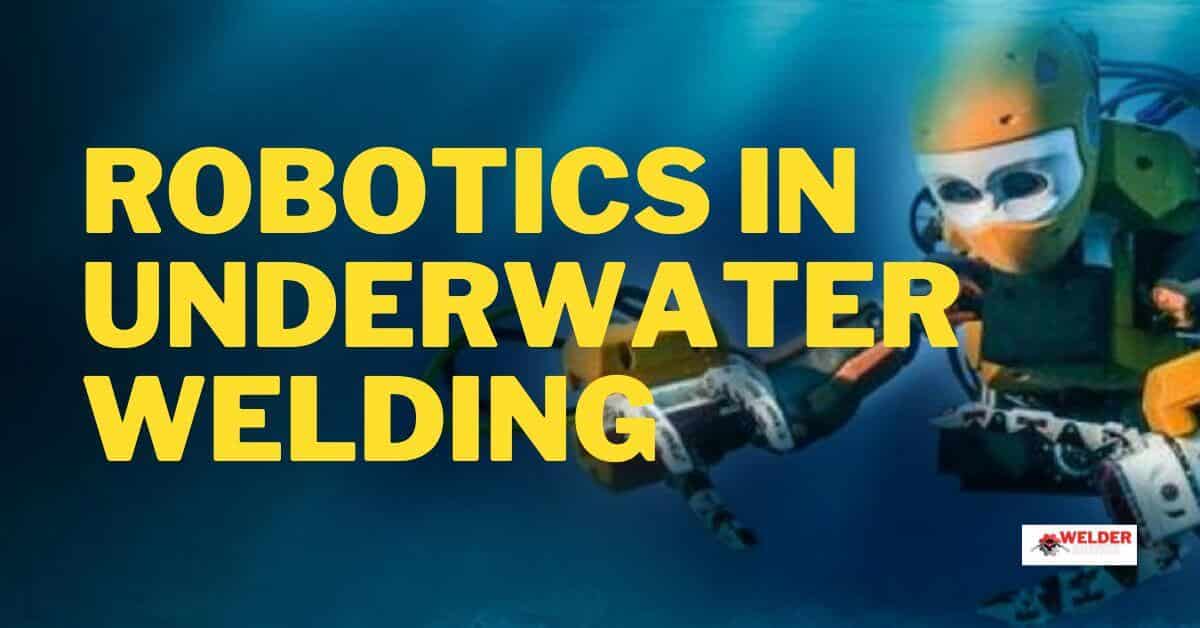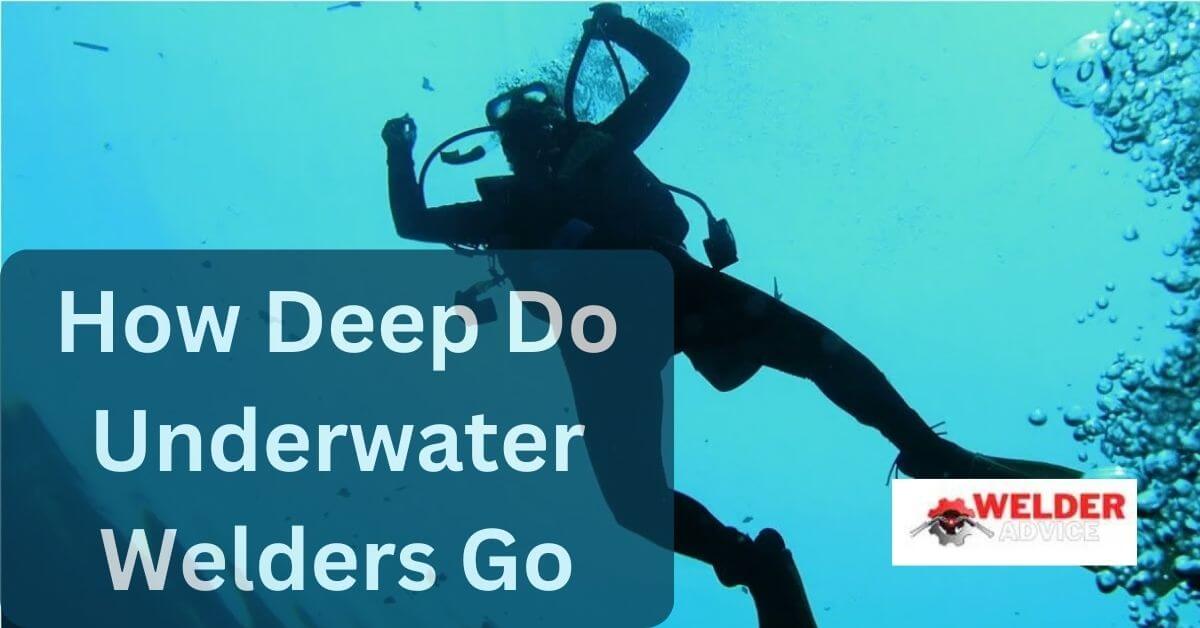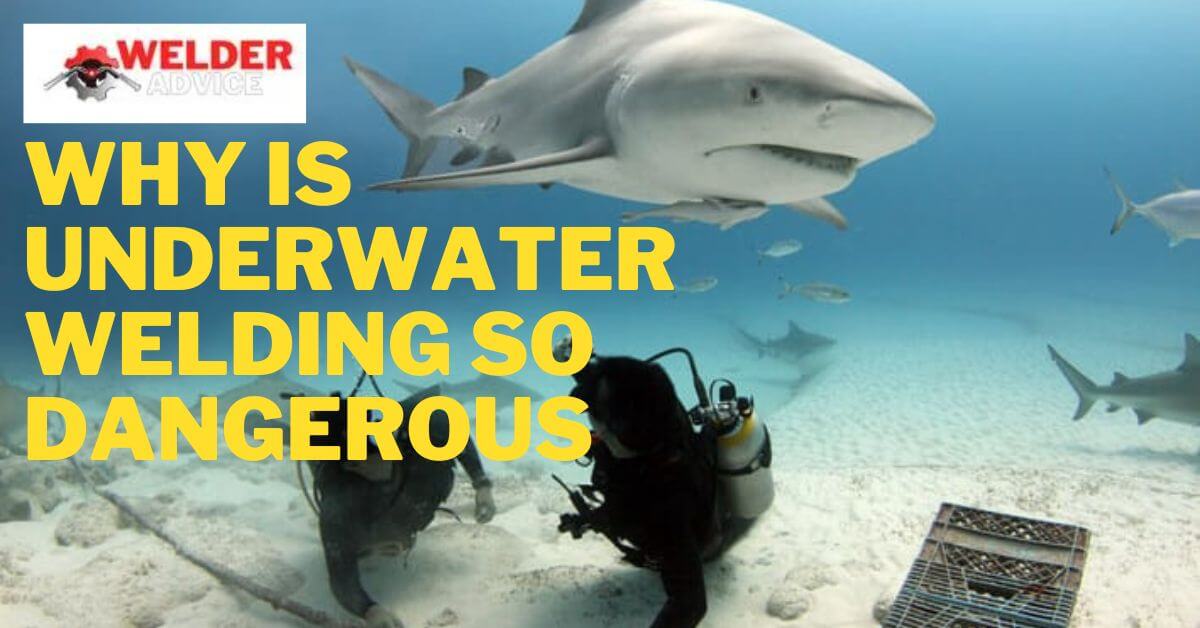Underwater welding is a specialized type of welding. This type of welding is often used in marine construction and repair and the maintenance of offshore oil and gas rigs. However, due to the hazardous nature of underwater welding, it can be a dangerous job for human welders. Applying robotics to the underwater welding improves safety, efficiency, and cost-effectiveness. This article will explore how robotics can be applied to underwater welding and the benefits of using this technology.
- How can robotics be applied to underwater welding
- Applications of Robotic Underwater Welding
- Benefits of using robotics in underwater welding
- What is the concept behind underwater robotics?
- What are the features of underwater robot?
- Pressure-resistant housing
- Propulsion
- Sensors
- Manipulators
- Tether or wireless communication
- Power source
- Navigation and control
- Importance of Underwater welding in marine applications
- Final Thoughts
How can robotics be applied to underwater welding
Robotic underwater welding involves robotic devices that can perform welding tasks in underwater environments. A human operator can remotely control these robots or be programmed to operate autonomously. Robotic underwater welding offers several advantages over traditional manual welding.
Safety
Safety is one of the biggest advantages of using robotic underwater welding. Underwater welding is hazardous for human welders due to electric shock, explosion, and drowning risks. Robotic welding can eliminate these risks by allowing the welding to be performed remotely by a human operator. This reduces the risk of injury or death to the operator and the risk of damage to the equipment being welded.
Efficiency
Robotic underwater welding can also be more efficient than manual welding. The robots can work continuously, without the need for breaks, and can weld at a faster rate than human welders. This can result in faster completion times, reduced labor costs, and increased productivity.
Precision
Robotic welding can also offer a higher level of precision than manual welding. The robots can be programmed to weld with high accuracy, resulting in stronger and more reliable welds. This is especially important in underwater environments, where the welds must withstand the harsh ocean conditions.
Applications of Robotic Underwater Welding
Robotic underwater welding has a wide range of applications in various industries. Some of the applications of robotic underwater welding include:
Marine Construction and Repair
Robotic underwater welding can construct and repair ships, submarines, and other marine structures. The robots can be used to weld together metal plates, repair damaged hulls, and perform other welding tasks in the harsh underwater environment.
Offshore Oil and Gas Rigs
Robotic underwater welding can also maintain and repair offshore oil and gas rigs. The robots can weld pipes and other metal components and perform routine maintenance tasks such as replacing corroded or damaged parts.
Underwater Pipelines
Robotic underwater welding is a viable option for constructing and maintaining underwater pipelines. The robots can effectively weld pipe sections together and perform repairs in case of damage or corrosion.
Benefits of using robotics in underwater welding
Underwater welding is a process where metal is welded underwater using an arc welder. The benefits of using robotics in underwater welding are many and include the following:
- Robotic welding is more accurate than human welding.
- Robotic welding can be done much faster than human welding, which means that defects can be fixed more quickly and errors can be corrected without the risk of human injury.
- Robotic welding is safer than human welding because workers do not need to operate close to the molten metal.
- Robotic welding is less expensive than human welding so that it can be used on larger projects requiring fewer personnel.
Also Read: Becoming a Welder at 30
What is the concept behind underwater robotics?
Underwater robotics is a technology field that involves using robots to perform tasks underwater. Underwater robots are specifically designed for marine applications, offering reliability and dexterity. Their versatility makes them ideal for various purposes, including inspection, maintenance, repair, construction, survey, and exploration.
The most common type of underwater robot is an Unmanned Underwater Vehicle (UUV)
Electric motors power underwater robots, allowing them to move with propellers or thrusters. These robots have sensors such as cameras and sonar to navigate and collect environmental data. They can be launched from ships or shore and can perform tasks such as welding, drilling, cutting, and cleaning.
What are the features of underwater robot?
Underwater use of remotely operated vehicles (ROVs) is made possible by a variety of features, including:
Pressure-resistant housing
Despite the high pressure of the deep sea, underwater robots must be able to function. Builders achieve this by constructing pressure-resistant housings that shield the electronics and components.
Propulsion
Propulsion systems used by underwater robots. Include electric thrusters, hydraulic pumps, and propellers.
Sensors
The sensors on ROVs allow them to navigate, collect data, and interact with their environment by using cameras, sonar systems, and depth gauges.
Manipulators
Manipulators or robotic arms are common features of underwater robots, which enable them to collect samples and move or manipulate objects.
Tether or wireless communication
To communicate with their operators, underwater robots may use a tether, a cable connecting the robot to a control center on the surface. Alternatively, some ROVs may use wireless communication to transmit data and commands.
Power source
Some ROVs rely on batteries as their power source, while others receive power from external supplies via a tether.
Navigation and control
Operators utilize joysticks, video displays, and computer software to navigate and operate the ROV.
Importance of Underwater welding in marine applications
Marine applications require underwater welding because it involves welding underwater structures, such as ships, oil rigs, pipelines, and bridges. Due to this, it has become an essential technique for maintaining and repairing these structures.
Underwater welding enables repairs without shutting down operations or dry docking vessels. Thus, it can save time and money while marine activities. Moreover, underwater welding can help prevent further damage or loss of life in emergencies, such as repairing damaged hulls or pipelines.
Additionally, underwater welding is versatile since used on various materials, including steel, aluminum, and stainless steel. It can repair many defects, from cracks and leaks to corrosion and structural damage.
However, unique risks are with the underwater environment, such as reduced visibility, high pressure, and the possibility of electrocution. Due to this, welding requires specialized training and equipment to ensure the safety of the welder as well as the success of the welding operation.
Despite these challenges, underwater welding remains a valuable marine welding technique. As a result, underwater structures repaired and maintained efficiently and cost-effectively, ensuring their longevity and safety for years.
Final Thoughts
Using robotics can significantly simplify the difficult and dangerous job of welding underwater. Robotics allow welders to stay safe and secure while they are welding, which in turn, makes the process faster and more efficient. Additionally, robots can assist welders with tasks that would be too difficult or hazardous for them to do on their own, such as drilling holes in metal plates. This is How Can Robotics Be Applied to Underwater Welding. It can make the process safer and easier for the welder and those around them.





